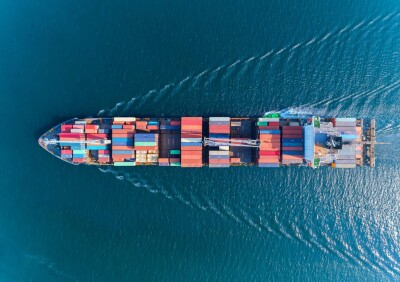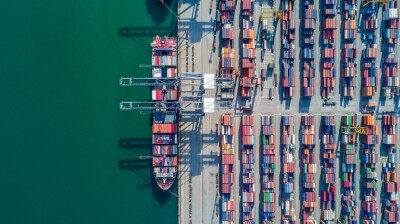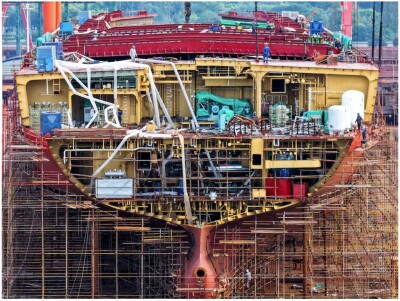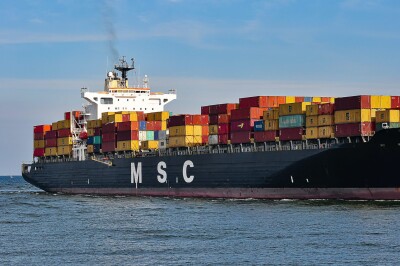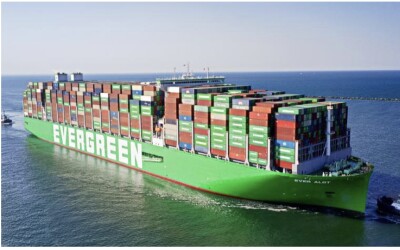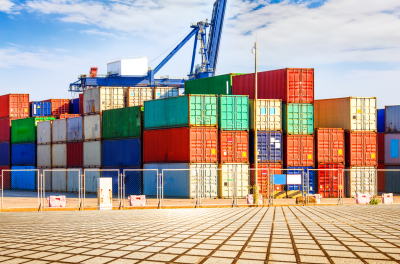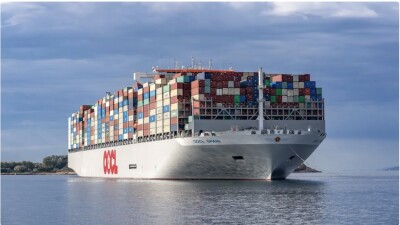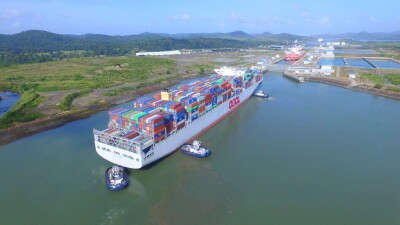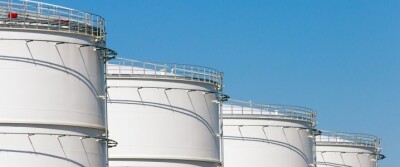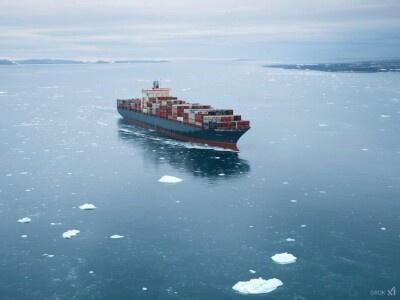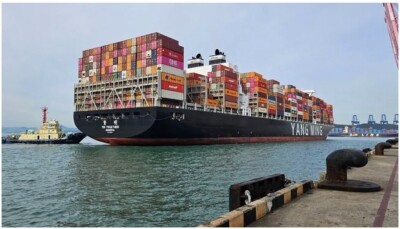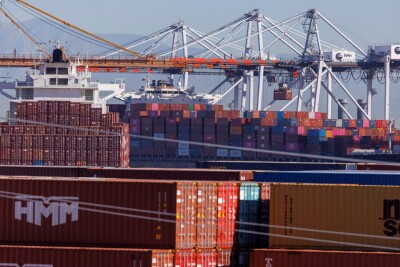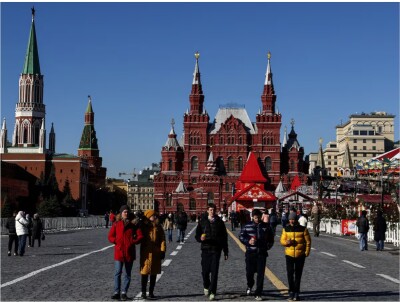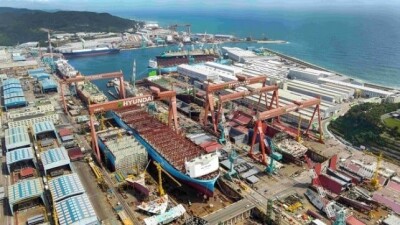Container lines fight for yard slots
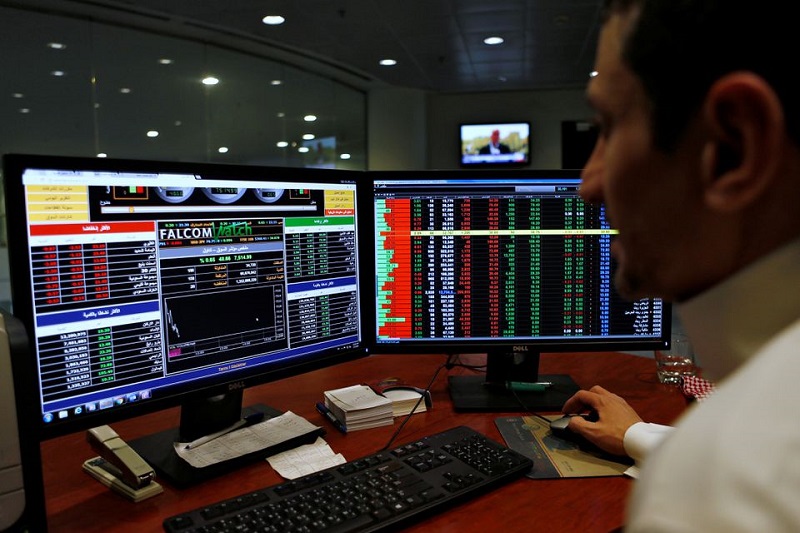
The prospect of a peace deal or ceasefire between Russia and Ukraine has raised questions about its economic impact on Europe.
A new analysis by HSBC suggests that while an immediate peace dividend would be modest, several channels could shape the continent’s recovery and growth.
HSBC economists estimate that an enduring peace or prolonged ceasefire could lift European GDP by 0.2% to 0.3%.
A more wide-ranging settlement, particularly one that restores Russian energy flows, could deliver a larger boost, but the report stresses that such outcomes remain uncertain.
Energy supply stands out as the most direct channel. The European Union cut its reliance on Russian gas from more than 40% in 2021 to just over 10% in 2024.
HSBC notes that only significant sanctions relief and a major rebound in Russian supply would materially lower energy prices.
In one scenario, a 10% fall in gas and oil prices would reduce eurozone inflation by 0.4 percentage points for a year, adding about 0.1 percentage point to EU growth.
Lower prices could also help manufacturers regain competitiveness and support consumer confidence.
Defense spending is another factor. NATO members have committed to raising defense expenditure to 5% of GDP by 2035, including 3.5% for military outlays.
HSBC expects EU military spending to rise by 0.5% of GDP by 2027, lifting GDP by about 0.3 percentage points. A peace settlement that increases European responsibility in the region could accelerate this trajectory.
Germany has already pledged to reach the 3.5% target by 2029, while EU states have shown strong demand for the bloc’s €150 billion defense loan program.
Trade with Russia and the return of Ukrainian refugees could also play a role, though HSBC sees limited upside. Before the war, exports to Russia accounted for 0.8% of EU GDP, and Ukraine represented 0.2% of Europe’s foreign direct investment stock.
On migration, the return of large numbers of refugees would reduce labor supply, but UN surveys show only 5% intend to go back this year.
A major potential driver is Ukraine’s reconstruction. Damage through the end of 2024 has been estimated at $524 billion, with the largest needs in housing and transport.
European firms could play a major role in rebuilding, but much of the damaged territory lies in Russian-occupied regions, which could limit opportunities.
The EU has already committed €50 billion in aid for 2024-2027 and has proposed up to €100 billion in grants and loans for 2028-34 through joint debt issuance.
Which stocks should you consider in your very next trade?
The best opportunities often hide in plain sight—buried among thousands of stocks you'd never have time to research individually.
That's why smart investors use our Stock Screener with 50+ predefined screens and 160+ customizable filters to surface hidden gems instantly.
For example, the Piotroski's Picks method averages 23% annual returns by focusing on financial strength, and you can get it as a standalone screen. Momentum Masters catches stocks gaining serious traction, while Blue-Chip Bargains finds undervalued giants.
With screens for dividends, growth, value, and more, you'll discover opportunities others miss. Our current favorite screen is Under $10/share, which is great for discovering stocks trading under $10 with recent price momentum showing some very impressive returns!
News




